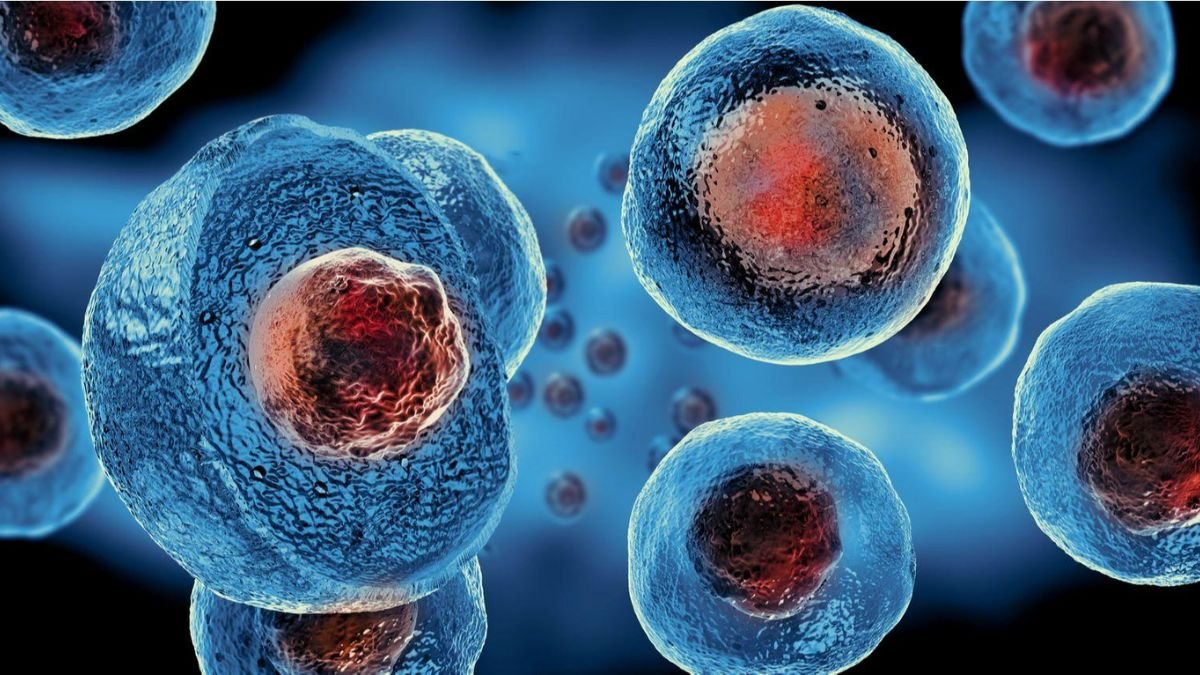In today’s modern era, the pace at which medical science is advancing seems almost beyond imagination. Where once we had to rely solely on traditional medicines and lengthy treatments for curing diseases, nanotechnology has now opened up new possibilities in this field. In particular, “nanoparticles” have completely transformed drug delivery systems – making treatment more precise, effective, and safer.
What are Nanoparticles?
Nanoparticles are microscopic particles with a size ranging from 1 to 100 nanometers (nm). For comparison, the thickness of a human hair is approximately 80,000–100,000 nanometers – meaning nanoparticles are thousands of times smaller. The unique characteristic of these tiny particles is that they can easily reach the body’s cells and encapsulate the drug within their structure.
These particles can be made from various materials, such as:
- Lipids
- Polymers
- Metals like gold or silver
- Carbon-based nanotubes
How does drug delivery with nanoparticles work?
The biggest problem with traditional medicines is that after entering the body, the drug spreads evenly throughout the entire body. This not only reduces the effectiveness of the drug but also increases side effects However, nanoparticles completely change this process.
These particles are designed for targeted drug delivery.
This means the drug reaches only the specific area where treatment is needed. For example, if a patient has a tumor, the nanoparticles travel to the tumor cells and release the drug there – thus preventing other healthy cells from being affected. To understand this technology, it can be viewed in three stages:
- Loading the drug into nanoparticles – The drug is encapsulated within particles at a microscopic level.
- Distribution in the body – The nanoparticles travel through the bloodstream and reach the target site.
- Controlled release – The nanoparticles gradually release the drug into the cells, making the treatment longer and more effective.
The Role of Nanoparticles in Cancer Treatment
Treating cancer has always been a challenge for medical science. Procedures like chemotherapy damage healthy cells as well, causing the patient to experience extreme pain and weakness.
But nanoparticle-based drug delivery systems have provided a solution to this problem.
- Now, drugs are being designed to target only cancer cells.
- Drug dosage is being controlled using techniques such as gold nanoparticles and liposomes.
- This has resulted in fewer side effects, greater effectiveness, and faster recovery.
Nanoparticles in the Treatment of Infectious Diseases
- Nanotechnology is not limited to cancer. It has also been used in the treatment of infectious diseases such as TB, malaria, and recently in the COVID-19 vaccine.
- mRNA vaccines (Pfizer-BioNTech and Moderna) used nanolipid particles, which help safely deliver the vaccine to the cells.
- This ensures that the drug or vaccine maintains its effectiveness within the body without breaking down.
Advantages of Nanoparticles in Drug Delivery
- Targeted delivery: The drug goes only to the affected area.
- Reduced side effects: Other cells in the body remain safe.
- Slow and controlled drug release: The drug shows its effect for a longer period.
- Improved bioavailability: The drug’s effect is better in the body.
- Suitable for complex drugs: Nanoparticles are effective for drugs that are difficult to deliver through conventional methods.
The Future Direction – The Expansion of Nanomedicine
- Nanoparticles will not be limited to drug delivery alone. In the future, this technology is poised to play a significant role in regenerative medicine, gene therapy, and diagnostics.
- Scientists are now developing nanoparticles that can enter the body and regenerate damaged tissues.
- Nanobots — microscopic robots that can travel through the bloodstream and repair cells.
- Smart nanoparticles — capable of releasing drugs based on body temperature or chemical signals.
Ethical and Safety Challenges
- Like any technology, the use of nanoparticles presents certain challenges.
- Safety Testing: The study of how such tiny particles behave in the body is still ongoing.
- Long-Term Effects: Complete data on long-term effects is not yet available.
- Production Costs: Due to the high-tech manufacturing process, the cost is currently high.
- Regulation and Control: Many countries have not yet established a clear regulatory framework for their use.
- Nevertheless, scientists believe that these challenges will be overcome in the coming years, bringing nanoparticle-based medicine into the mainstream.
India and Nanotechnology Research
- India is also making rapid progress in the field of nanoscience.
- Institutions like the IITs, AIIMS, and CSIR are conducting research on nanodrug systems related to cancer and infections.
- The Indian government has promoted the development and application of this technology under the “Nano Mission Program.”
- Indian companies are now filing patents for nano-based drugs and delivery systems, which will strengthen India’s position in the global healthcare sector in the coming years.
Conclusion
Nanoparticles have ushered in a new era in the medical world. Where previously it took months to treat diseases, now the same treatments are possible in just a few days. This advanced drug delivery system is not only making treatments more effective but also improving the quality of life for patients.
In the future, when nanoparticles and artificial intelligence are combined, the face of medical science will be completely transformed. Then, perhaps, the treatment of every disease will be possible at a personalized level – and all this will be possible thanks to these invisible but extremely powerful nanoparticles.
